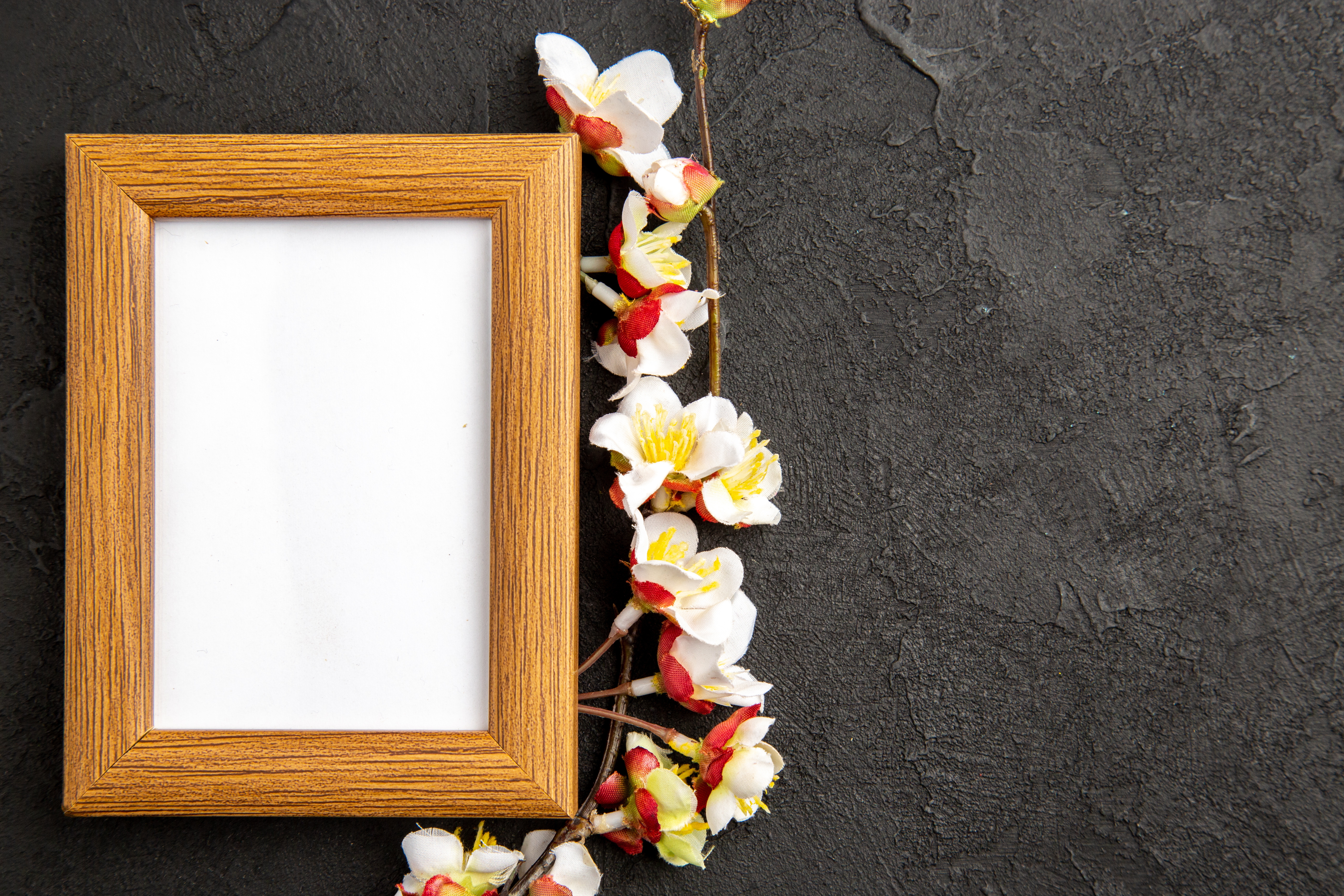Eternal Bonds: The Sacred Art of Honoring Ancestors in Hinduism [Updated on: March 2024]

In the rich tapestry of Hindu culture, the veneration of the deceased transcends mere tradition, embedding itself deeply in the spiritual and daily life of its adherents. This reverence is meticulously reflected in the way photos of the departed are displayed within a Hindu household. Drawing wisdom from ancient scriptures and practices, this article explores the nuanced guidelines for honoring ancestors through the placement of their photographs, illuminated by insights from the Vedas and backed by contemporary observations.
The Ethereal Bridge: Photos as Spiritual Connectors
Hinduism teaches that the journey of the soul is eternal, transcending the physical demise of the body. In this continuum, photographs of the deceased serve as more than mere reminders; they are symbolic bridges facilitating an ethereal connection between the material and the spiritual realms. The Garuda Purana, one of the eighteen Mahapuranas, elucidates the significance of honoring ancestors, suggesting that such reverence ensures their blessings and guidance continue to enrich the living.
Sacred Placement: Guidelines from Tradition and Scriptures
Location: Sanctifying Space
The Vastu Shastra, an ancient Indian science of architecture and space, emphasizes the importance of purity, serenity, and directionality in the placement of photos. A dedicated altar or a serene corner of the house, preferably in the puja room where daily worship occurs, is ideal. This space acts as a sanctum for meditative remembrance and spiritual dialogue with the ancestors.
Orientation: Aligning with Cosmic Energies
Aligning the photos facing east or north harmonizes with the Vastu principle of auspicious directions. The east, associated with the sun's rejuvenating energy, symbolizes enlightenment and beginnings. The north, influenced by the celestial pole, attracts prosperity and divine blessings. This alignment ensures that the ancestral spirits are bathed in positive cosmic energies.
Framing and Size: Embodying Respect and Unity
Frames made of natural materials like wood are preferred, symbolizing the Earth element and fostering a grounding connection with the ancestral spirits. The uniformity in size reflects the egalitarian principle, ensuring no ancestor is overshadowed, embodying the unity of the family lineage.
Hierarchical Harmony: Respecting the Order
The traditional hierarchy, with the eldest ancestor given prominence, is meticulously followed, echoing the dharma of respect towards elders. This arrangement mirrors the social order prescribed in the Dharmashastras, emphasizing the continuation of familial roles beyond the physical realm.
Offerings and Decorations: A Token of Reverence
Regular offerings of fresh flowers, incense, and lamps transform the space into a vibrant shrine of remembrance. These acts of devotion are in line with the rituals described in the Rig Veda, symbolizing the sustenance for the ancestral spirits. Personal belongings of the deceased and religious artifacts further personalize the sacred space, weaving a tapestry of memories and spiritual heritage.
Maintenance: Preserving Sanctity
The upkeep of the altar or dedicated space is of paramount importance. The Shastras advise cleanliness and purity as fundamental to maintaining a sacred space. This regular maintenance is a physical manifestation of ongoing respect and remembrance, ensuring the area remains a focal point of spiritual and familial connectivity.
Statistical Insights: The Continuation of Ancestral Veneration
Contemporary research and surveys conducted within Hindu communities highlight a resurgence in ancestral veneration practices. Over 80% of Hindu households report having a dedicated space for displaying photos of the deceased, with a significant portion adhering to traditional guidelines for placement and orientation. This revival underscores the enduring relevance of ancient wisdom in modern contexts.
In Conclusion: The Legacy of Ancestral Reverence
The guidelines for displaying photos of the deceased in Hinduism are not mere formalities but represent a profound engagement with the spiritual legacy of ancestors. They are a testament to the unbroken chain of sanatana dharma, the eternal duty towards family, divinity, and self-realization. As the Bhagavad Gita succinctly puts it, "Just as the body sheds worn-out clothes and wears new ones, likewise, the soul sheds worn-out bodies and enters new ones."
In adhering to these venerable guidelines, Hindus not only keep the memory of their ancestors alive but also ensure their blessings and guidance for generations to come, weaving the rich fabric of Hindu culture with threads of reverence, respect, and spirituality.
Interested in buying a property?
Leave your details – we’ll call within 5 minutes.
Comments
No comments yet. Be the first!